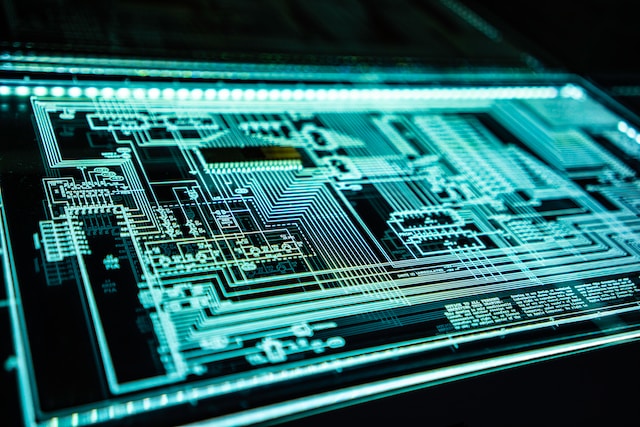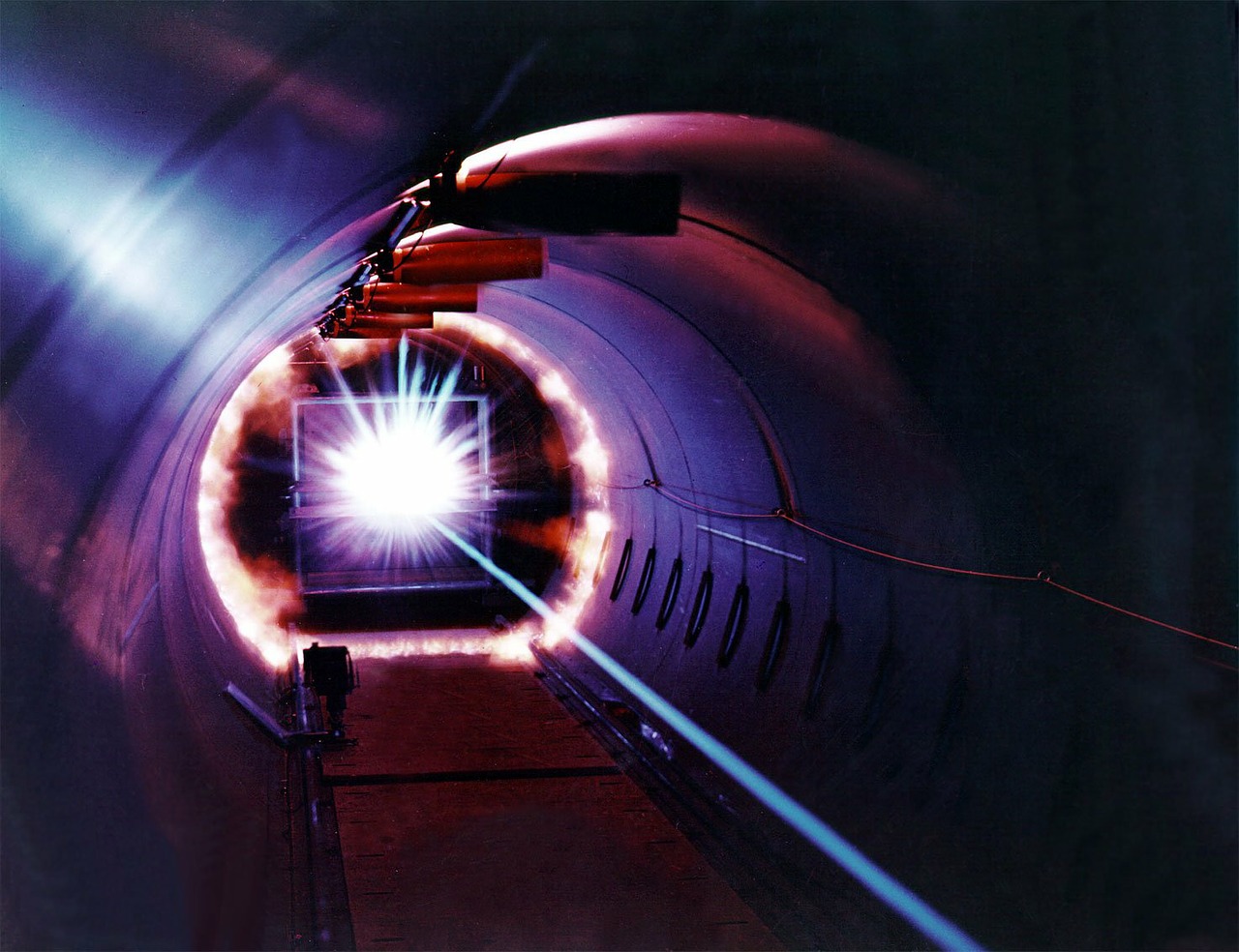Taking the lead in the race for building highly efficient solar cells, Chinese scientists have introduced a new approach for making all-weather solar panels which will be triggered by both sunlight and raindrops.
With this new invention, solar panels will be able to generate electricity in those countries that are not able to take full advantage of the technology due to their weather. Photovoltaic cells will no longer be reliant on constant sunshine, but will generate electricity even on the gloomiest of days.
How they made it possible:
Scientists have developed a highly efficient dye-sensitized solar cell by coating a solar cell with a whisper-thin film of graphene. This layer of graphene could allow solar cells to generate power when it rains.
Graphene, which is known for its unusual electronic properties, lets electrons move freely across its surface.
Rain water contains many salts like ammonium, calcium, and sodium, which become ions when in solution. When raindrops fall on the graphene solar panels, it can bind positively-charged ions in the rain water with negatively-charged electrons of graphene and form a double layer with the graphene’s electrons which is known as a pseudocapacitor. The potential energy difference between the two layers is strong enough to generate an electric current. Researchers on the project note that “The new concept can guide the design of advanced all-weather solar cells.”
This incredible experiment is still in its early phase, with a lot more work to be done before it can undergo large-scale production.






